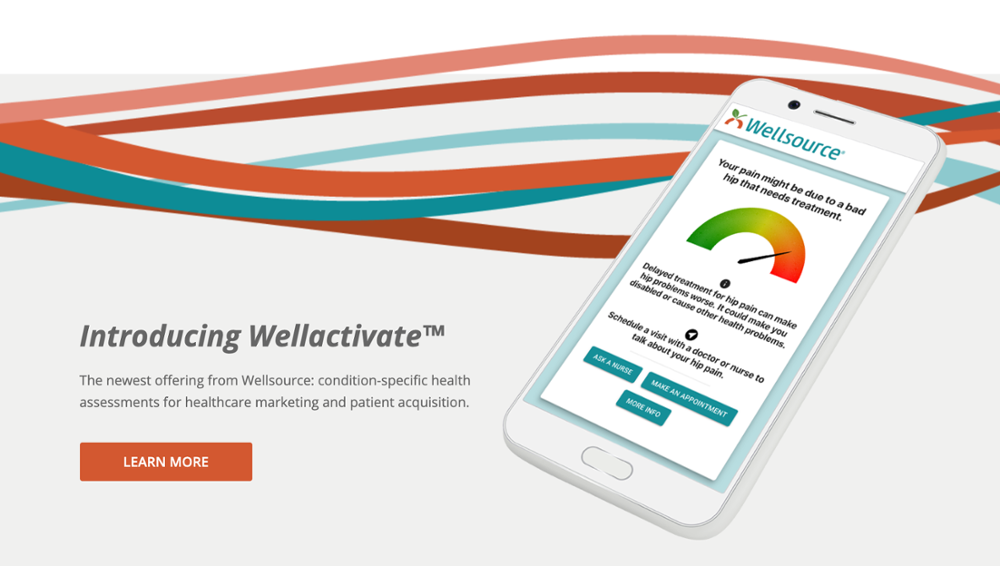There is no question that healthcare marketers were challenged in 2020. The global health crisis fundamentally changed the ways we as marketers operate. And while I think it’s safe to say no one wants to repeat the last year, there have been many silver linings and lessons learned—in how we collaborate, the ways we approach patient experience, and (more widely) the overall role of marketing within healthcare organizations.
This was the consensus in a recent webinar from Strategic Healthcare Marketing on the topic: How the Pandemic Has Reshaped Marketing — and What Top Industry Leaders Are Planning for the New Normal (click here to request access to the recording). The webinar included a discussion among panelists from Hackensack Meridian Health, Haldeman Marketing, and Franciscan Missionaries of Our Lady Health System. Panelists tackled three questions:
- What changed in healthcare marketing when COVID-19 first hit our hospital systems?
- What do your marketing programs look like today?
- Where will your marketing programs be one year from now?
What changed in healthcare marketing when COVID-19 first hit hospital systems?
When hospitals first began receiving COVID-19 patients, the need for strong communication programs was immediate. Marketing teams pivoted the work they were doing to essentially become a 24/7 production house, communicating to the public, to the media, and to their own staff. And the messages and marketing needs were constantly shifting. As our understanding of COVID-19 changed, so too did marketing and communication needs.
“This was a chance to step up and be seen as a partner,” explained James Blazar, Executive Vice President and Chief Strategy Officer at Hackensack Meridian Health. “Marketing was at the command center, embedded within teams, solving crises in real time. The respect for marketing and communication went up dramatically.”
During this time, agile marketing and communication teams earned credibility within their organizations. Serving as a hub for internal and external messages, marketers found themselves with a seat at the table of decision makers—and with increasing influence with other departments.
Relationship building was key to finding success. “Strong relationships were important,” said Catherine Harrell, Chief Marketing Officer, Franciscan Missionaries of Our Lady Health System. “From IT to operations, being a partner was critical. Within our marcom team, this has been a transformational year.”
What do your marketing programs look like today?
It was clear in the discussion between panelists that we are not yet in a “post-COVID” world.The work of healthcare marketers has shifted from crisis management and communications about COVID-19 safety precautions, to reassuring patients that it’s safe to return for in-person care. And that reassurance is another opportunity to tell a story and find messages that resonate with patients.
“One of the things we will continue this year is more media relations and storytelling. It’s really valuable. The messages are now ‘don’t delay, come back in for care.' We are working with our database of cancellations and no-shows to follow up with a personal note from their doctor telling them it’s important to come back. We're sending texts to stagnant patients with chronic conditions.”
- James Blazar, Executive Vice President and Chief Strategy Officer, Hackensack Meridian Health
Getting patients back in for preventive care, screenings, and elective surgeries is about more than boosting service-line revenue. It’s an important part of accounting for a year of lapsed patient care. In one example, Blazer discussed the issue of patients delaying coming in for routine breast cancer screenings and mammograms, and as a result, more patients are coming in with later stage cancers. "It's about filling up the pipeline, sure” explained Blazar. “But more importantly, it's about saving lives.” 
Where will your marketing programs be one year from now?
Thinking ahead to March 2022, all the panelists agreed that this last year taught marketers to remain agile in their plans—we can’t get too attached to the programs we think we will be executing. That said, everyone agreed there is no turning back the clock, or picking up the programs we thought we would be doing in March of 2020.
But in many ways, the COVID-19 pandemic forced new opportunities and perspectives for marketing teams in healthcare. Here are three big opportunities for healthcare marketing in 2021 and beyond:
- Recognition of the value of population health data. Health systems can use population health-level data to build programs that better address health disparities, account for social determinants of health, and more directly serve their communities.
- An increased awareness of healthcare consumerism. Successful healthcare marketing campaigns will listen to the needs of the patient consumer and focus on providing an engaging—even delightful—experience. With traditional models challenged by self-service healthcare disruptors, healthcare marketers need to turn their focus to guiding the consumer journey in a world with more tech-savvy consumers. And in many ways, that will depend on a strong digital presence and engaging tools.
- Opportunity to use the data we as marketers and healthcare practitioners have at our fingertips. Following the pandemic, we see the value of using this data to provide patients more engaging, personalized, and effective care. As Harrell put it during the webinar, “if I’m not using that data, it’s like strapping a Ferrari to a bike chassis.”
Overall, the lasting effects of the past year in healthcare marketing are manifold, and I'm sure we will look back to where we are now as a turning point for the profession. The work we have done in the last year has also provided many opportunities to move forward and accomplish great things.
To paraphrase a sentiment shared by the panel, COVID has taught us that when we harness the best talent and technology, and combine them with the resilience of the human spirit—there is nothing we cannot do.








